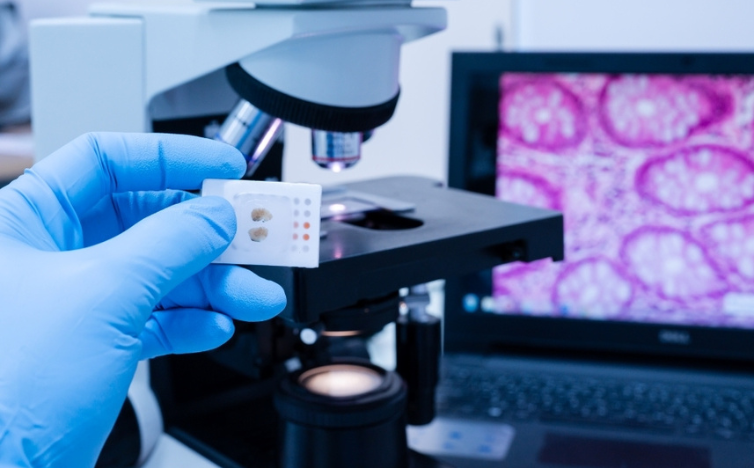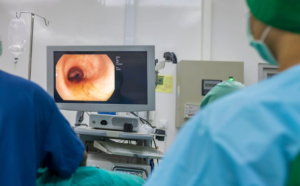Scientists at Weill Cornell Medicine and Dana-Farber Cancer Institute have developed new AI tools for digital pathology. Digital pathology uses high-resolution digital images from tissue samples to diagnose diseases and guide treatment.
Their study, published in The Lancet Digital Health on July 9, shows that ChatGPT, an AI language model, can be customized to give accurate answers about digital pathology. This helps pathologists who aren’t familiar with coding use complex software to analyze tissue samples.
ChatGPT, a large language model (LLM), generates text on many topics using lots of data. However, it isn’t always good for specialized fields. Dr. Mohamed Omar and Dr. Luigi Marchionni from Weill Cornell Medicine worked on making ChatGPT more useful for digital pathology.
Dr. Renato Umeton from Dana-Farber led the effort to customize ChatGPT for this field. They used a private and secure version of ChatGPT, called GPT4DFCI, which includes a database of over 10,000 pages of the latest digital pathology research.
This new system can quickly provide detailed information on specific topics in digital pathology. They used a method called retrieval-augmented generation (RAG) to ensure accurate responses. GPT4DFCI gives precise answers with links to the sources used, making it more reliable than the general GPT-4 model.
Dr. Omar hopes this innovation will inspire more specialized AI tools in other medical fields.
The team also developed an AI tool to help pathologists use PathML, a software library for analyzing histopathology images that requires Python programming knowledge. By integrating PathML with ChatGPT, users can get step-by-step coding instructions.
Their research shows that with the right techniques, AI tools like ChatGPT and GPT4DFCI can effectively support researchers in complex areas like digital pathology.
Source: eurekalert



![Read more about the article Google Bard Introduces AI Image Generator [2025]](https://techvibe.ai/wp-content/uploads/2024/02/Google-Bard-finally-gets-a-free-AI-image-generator-–-300x169.jpg)
